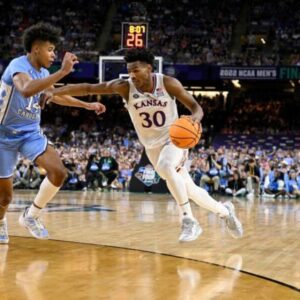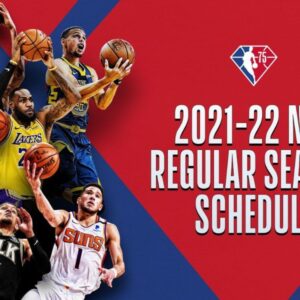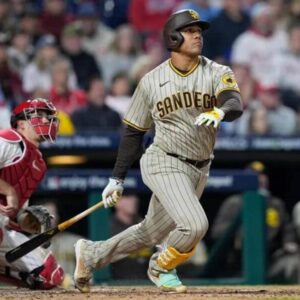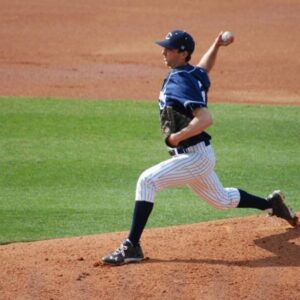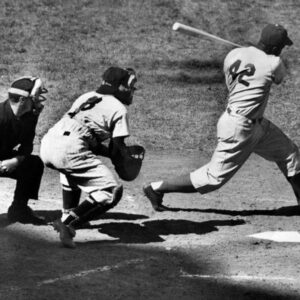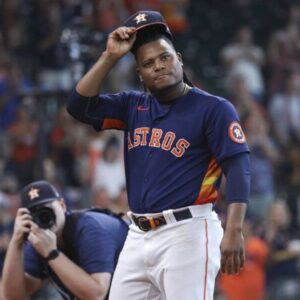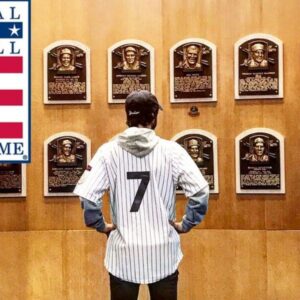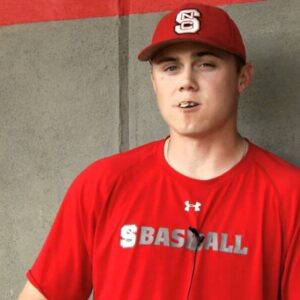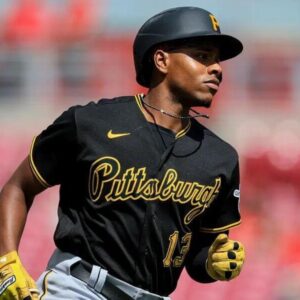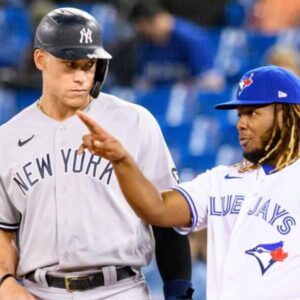Who was the first latin american baseball player ? Lou Castro was a man who broke barriers and was the first Latino to play in the Major Leagues. His real name was Luis Manuel Castro. This man was born in the city of Medellín, Colombia on November 25, 1876. Known in the field of baseball for being the first Latino to play baseball professionally, his story is an enigma to this day, because there are several versions. One of those enigma’s includes his real name, as several names have been found that are related to him. Many of the versions affirm that his name was Louis Michael Castro, and others say it was Luis Castro or Luis Manuel.
The life story of Lou Castro has several versions, the most well-known version affirms that Luis Manuel entered the United States at the age of 8 years. At the time of entering the country in the ship’s records they identify him as “Louis”. Thus showing the first of the changes in many records that makes it so difficult to know what his real name is.
Thanks to records found in The Society for American Baseball Research, it was possible to know a little more things about his history, showing that “Louis” is the son of a banker named Néstor Castro who, seeing the situation of political and economic instability that Colombia faced in the 1880’s, decided that his son stay in the United States. From there Louis was based in New York City. In 1891, Louis began to study at Manhattan College High School, that is where he began to play baseball, and became interested in this sport. His position on the field was a medium infielder, mainly shortstop, and outfielder.
By 1897 he began to play baseball as part of semi-professional teams located in New York City and New Jersey. For several years he continued to make his way in the world of baseball. During that time, he played for Utica of the New York State League, he also joined the Auburn team. In the period of 1899 He began to play in the semi-professional leagues. In 1900 he played only for semi-professional teams: for North Adams, Massachusetts, and Atlantic City, New Jersey in 1898. And he played for West New York, New Jersey, and North Attleboro, Massachusetts in 1899. He may also have played for Paterson, New Jersey. No longer in school, Castro joined Norwich from the Connecticut State League to start the 1901 season.
By 1902, with so much effort and dedication, the Major Leagues fixed their gaze on Castro causing him to sign with Connie Mack and the Philadelphia Athletics, playing third base. He entered the team as a prop’s player, showing a good performance on the field. Although unfortunately his third base skills were not of the caliber of the big leagues. In total he played 42 games with the Philadelphia Athletics registering a batting average of .245 with a home run and 15 runs batted in, 35 hits, 18 runs scored, 8 doubles, 1 triple and two stolen bases with 143 at bats.
In 1905 Castro signed with Kansas City, then in 1906 he played with Nashville. It should be noted that although his career in Major League Baseball was not so extensive, “Loui Castro” is recognized for his attitude and charisma on the field, being one of the players who won over fans with his way of being.
It should be noted that for “Louis Castro” it wasn’t easy since being Latino and an immigrant. However, he was still able and allowed to participate with professional baseball teams, and in learning to play this sport in America is why he is recognized for his dedication and effort that he had. Many remember him for his charisma and overwhelming personality, and that made this man be remembered on and off the field.
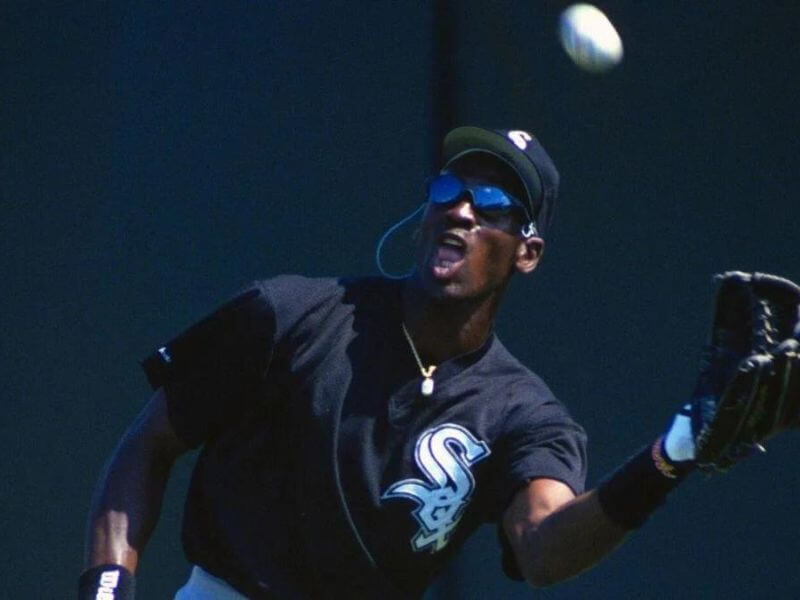
The HOFers since 2010
Over the course of the previous decade-plus, the number of Latino Major Leaguers in the Hall of Fame has more than doubled, from six to 15. Five of the new enshrinements came in the latter half of the 2010s. From 2017-19, these players accounted for four of the 11 selections made by the Baseball Writers Association of America (BBWAA).
Roberto Alomar, Puerto Rico (2011, second ballot): The 12-time All-Star and 10-time Gold Glove Award-winning second baseman was carrying on the baseball legacy of his father, Sandy Alomar, who played 15 seasons in MLB. His brother, Sandy Jr., played 20 seasons and is now a coach with the Guardians.
Pedro Martínez, Dominican Republic (2015, first ballot): Pedro joined Marichal as the second Dominican and second Latino MLB pitcher to make the Hall. He honored that connection during his emotional, bilingual induction speech, calling Marichal up to the stage.
Ivan Rodriguez, Puerto Rico (2017, first ballot): “Pudge” and his rocket arm earned the way to Cooperstown with 13 Gold Glove Awards as a catcher, 14 All-Star selections and an AL MVP Award in 1999.
Vladimir Guerrero, Dominican Republic (2018, second ballot): One of the most distinctive and dynamic players of his era, Guerrero raked his way to Cooperstown. Upon his induction, he was already thinking of those coming behind him, saying, “I know this could open the door for other players.”
Mariano Rivera, Panama (2019, first ballot): The all-time saves leader became the first player to be elected unanimously to the Hall, as he was named on all 425 submitted BBWAA ballots.
Edgar Martinez, Puerto Rico (2019, 10th ballot): Martinez, who was born in New York but grew up in Puerto Rico, finally made it in his last year of eligibility on the BBWAA ballot, completing a rise from only 27 percent support in 2015.
David Oritz, Dominican Republic (2022, 1st ballot): One of the greatest playoff performers in the game’s history, Ortiz became the first designated hitter to enter the Hall in his first year on the ballot.
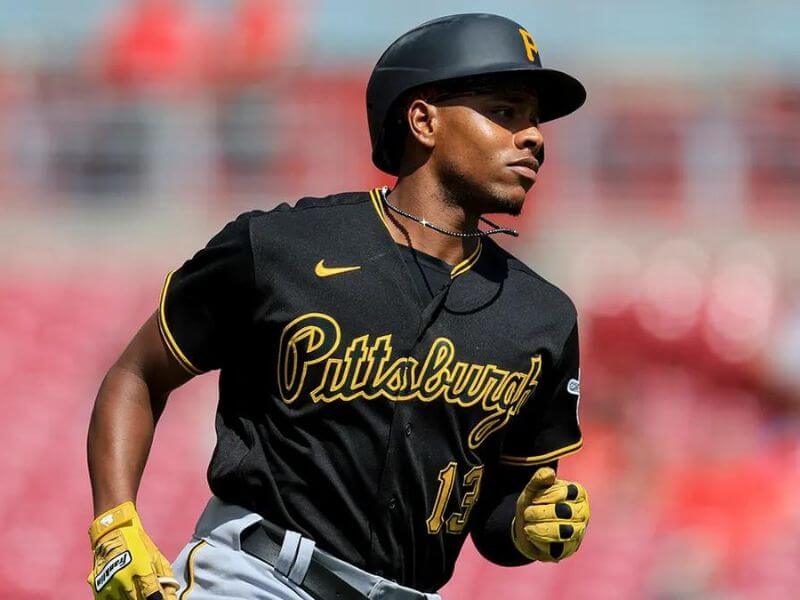
Coming up on the ballot
Over the next four years, the fraternity of Latino Hall of Famers will continue to expand, with at least one nearly certain candidate and a handful of other hopefuls. Here is a look at upcoming BBWAA ballots.
2023: Carlos Beltrán (Puerto Rico) has a stellar case due to his spectacular all-around play (435 homers, 312 steals, three Gold Glove Awards in center field). But his chances are more in doubt in the wake of the investigation into the Astros’ sign-stealing, which led to Beltrán stepping down as Mets manager soon after he was hired in 2019. Andruw Jones (Curacao) has seen his voting percentages climb rapidly over the past two years, up to 41.4 percent in 2022.
Alex Rodriguez, the son of Dominican parents, came in at 34.3 percent in his first year on the ballot. He has no-doubt Hall of Fame numbers but also baggage caused by performance-enhancing drug use and suspensions. Fellow ballot holdovers Manny Ramírez (Dominican Republic), Omar Vizquel (Venezuela) and Bobby Abreu (Venezuela) all came in below 30 percent last time around and have a long way to go.
2024: Several accomplished Latino players are expected to be on this ballot, but Adrián Beltré is the one likely Hall of Famer among them, having cemented his case by blowing past the 3,000-hit mark late in his 21-year career at third base.
2025: Félix Hernández (Venezuela) had the peak dominance but might fall short when it comes to longevity. He will be joined by former batting champion and 2006 NL Rookie of the Year, Hanley Ramirez (Dominican Republic).
2026: There are no obvious first-ballot choices here either, but Edwin Encarnación (Dominican Republic) and his 424 career home runs have the best shot.
Looking even further down the road, Albert Pujols could be a unanimous selection once his name appears on the ballot in 2028. Will he be joined by his longtime Cardinals teammate Yadier Molina in that class?
Above is information who was the first latin american baseball player. Hopefully, through the above content, you have a more detailed understanding of who was the first latin american baseball player .Thank you for reading our post.
